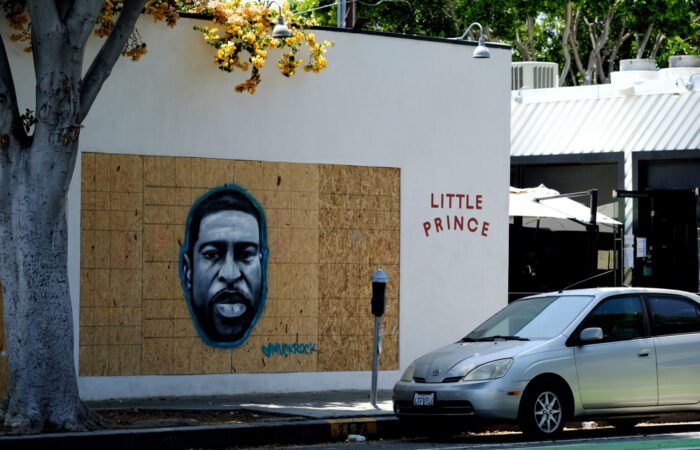The Real Meaning Behind the Phrase ‘Six-Seven’ Explained
Every generation invents its own kind of humor, often leaving older generations confused or completely out of the loop. In the past, it might have been “what’s up dog” jokes or viral vines. Today, one of the newest examples is a phrase that seems to mean absolutely nothing at all: “six-seven.” Or sometimes written as “6-7.” It has exploded across TikTok and other social media platforms, and the best part is that its entire punchline lies in its lack of meaning.
The origin of the trend can be traced back to December 2024, when hip-hop artist Skrilla released his song Doot Doot. The song included a seemingly random line that said, “6-7, I just bipped right on the highway (bip, bip).” The lyric was catchy, rhythmic, and completely bizarre. Almost overnight, the phrase “six-seven” became a viral sound clip. Users began repeating it in videos, skits, and memes, turning it into one of the most quoted lines on TikTok.
Soon, people were shouting “six-seven” in response to almost any question. Someone might ask, “What time is it?” and the reply would be “six-seven.” Or a friend might wonder, “What’s that smell?” and someone nearby would gleefully yell, “six-seven!” The absurdity was the entire appeal. There was no hidden meaning, no clever reference, no secret code. The humor came from the randomness itself.
TikTok creator and educator Mr. Lindsay summed it up perfectly when he said, “It’s just a meme reference. There’s no meaning. It’s fun to say, especially with hand motions.” For many young users, that lack of logic is exactly what makes it so entertaining. In a world where humor often depends on irony, exaggeration, or nonsense, “six-seven” fits right in. It is chaotic, harmless, and instantly recognizable to anyone who spends time online.
Not everyone finds it amusing, though. Teachers, in particular, have mixed feelings about the trend. Elementary school teacher Kaitlyn Biernacki shared that her students began shouting “six” and “six-seven” during math lessons, turning routine exercises into loud interruptions. What started as a funny reference quickly became a classroom distraction. Some teachers have even gone as far as banning the phrase altogether, hoping to restore focus during lessons.
Middle and high school educators have reported similar experiences. In some classes, counting activities, group work, or even roll calls have been derailed by spontaneous chants of “six-seven.” What was intended as a lighthearted joke among friends has sometimes made it difficult for teachers to maintain control in larger classrooms.
Still, beyond the classroom chaos, the “six-seven” meme offers an interesting look at how humor spreads in the digital age. Social media platforms can transform almost anything into a shared inside joke within hours. A single lyric from a song can become a cultural moment, recognized and repeated by millions of people around the world. The speed of that transformation shows how quickly Gen Z and Gen Alpha create and adapt to new forms of humor.
If you find yourself puzzled by this latest craze, you are not alone. Many adults are just as confused, wondering how two random numbers became the internet’s favorite punchline. The truth is that “six-seven” was never meant to make sense. Its power lies in its pure absurdity. For younger generations, that randomness reflects a broader style of humor built around irony, spontaneity, and chaos.
In the end, “six-seven” is not just a meaningless phrase. It is a reminder of how playfulness connects people online. For those who get the joke, shouting it out loud brings shared laughter and a sense of belonging. And for those still scratching their heads, perhaps the only real answer to “what does six-seven mean?” is simply, “exactly what you think—it means nothing at all.”




